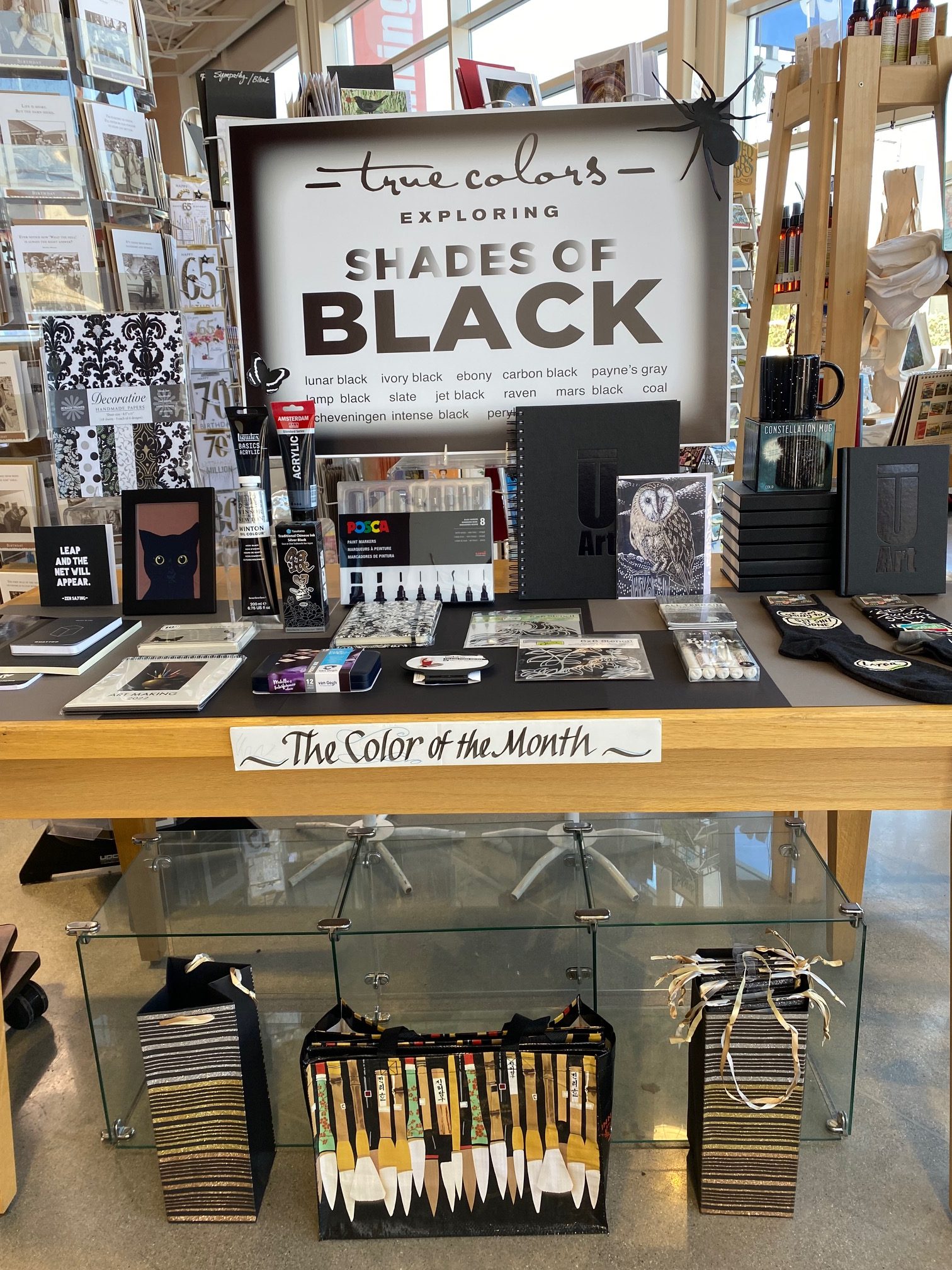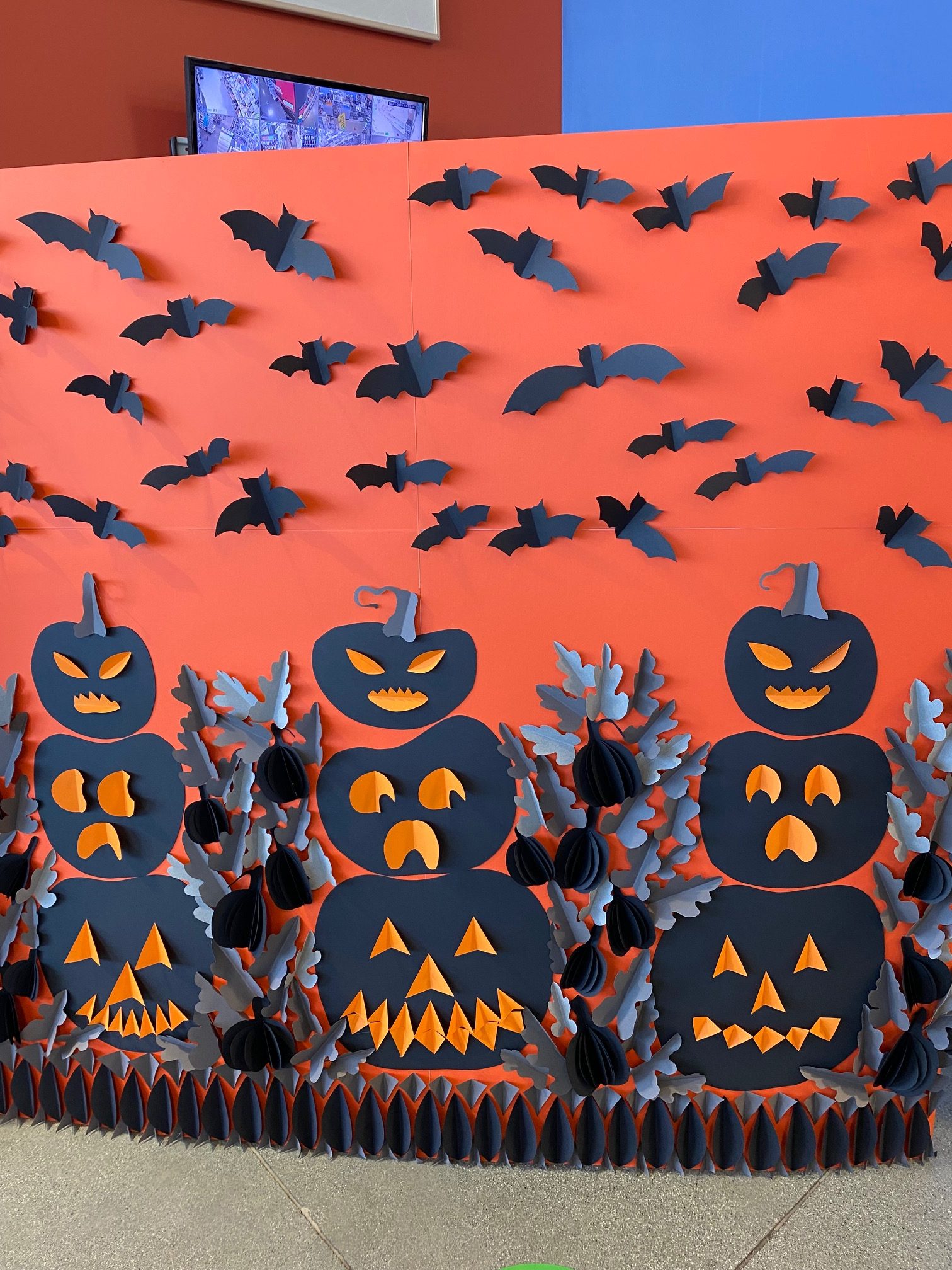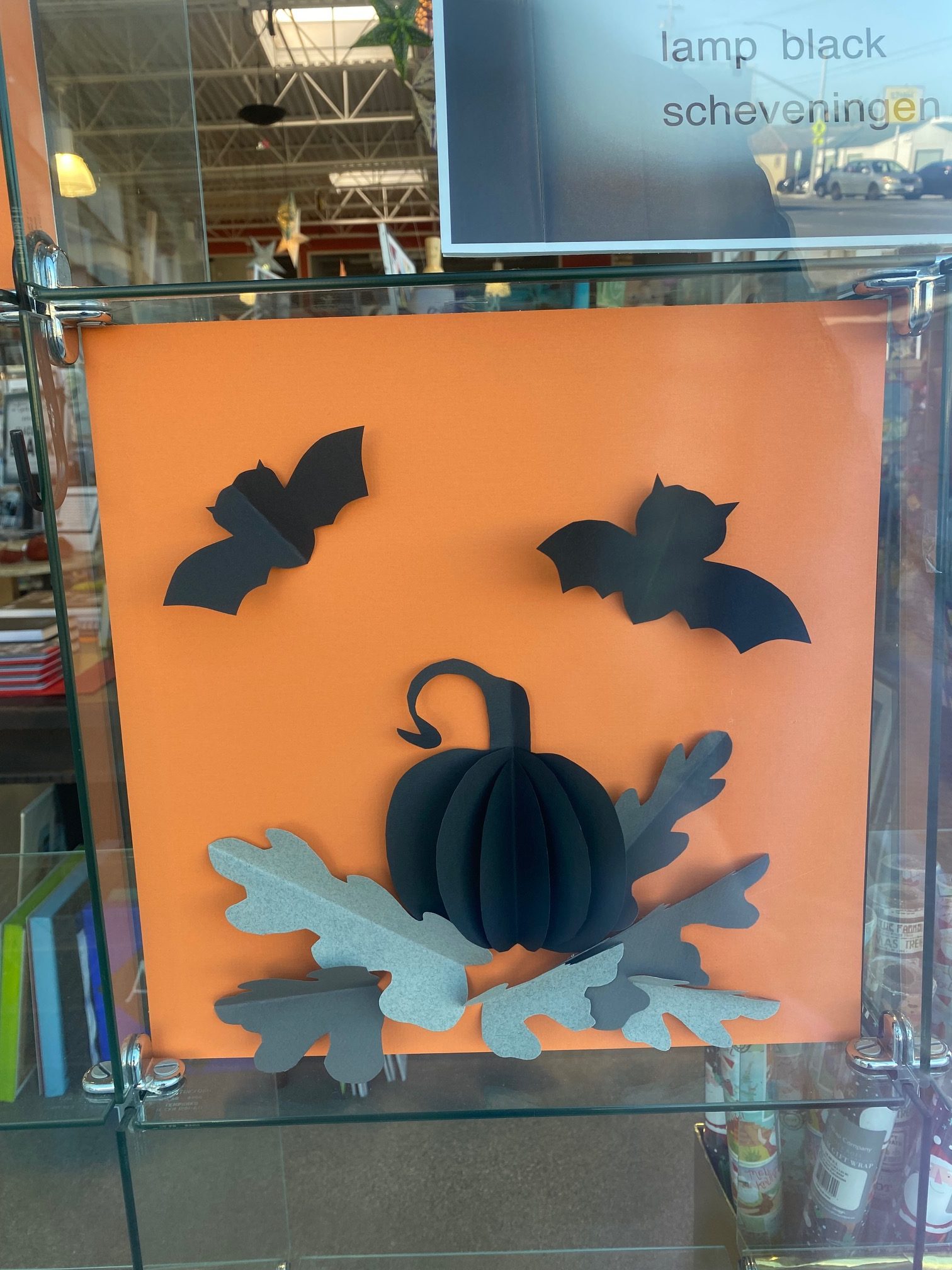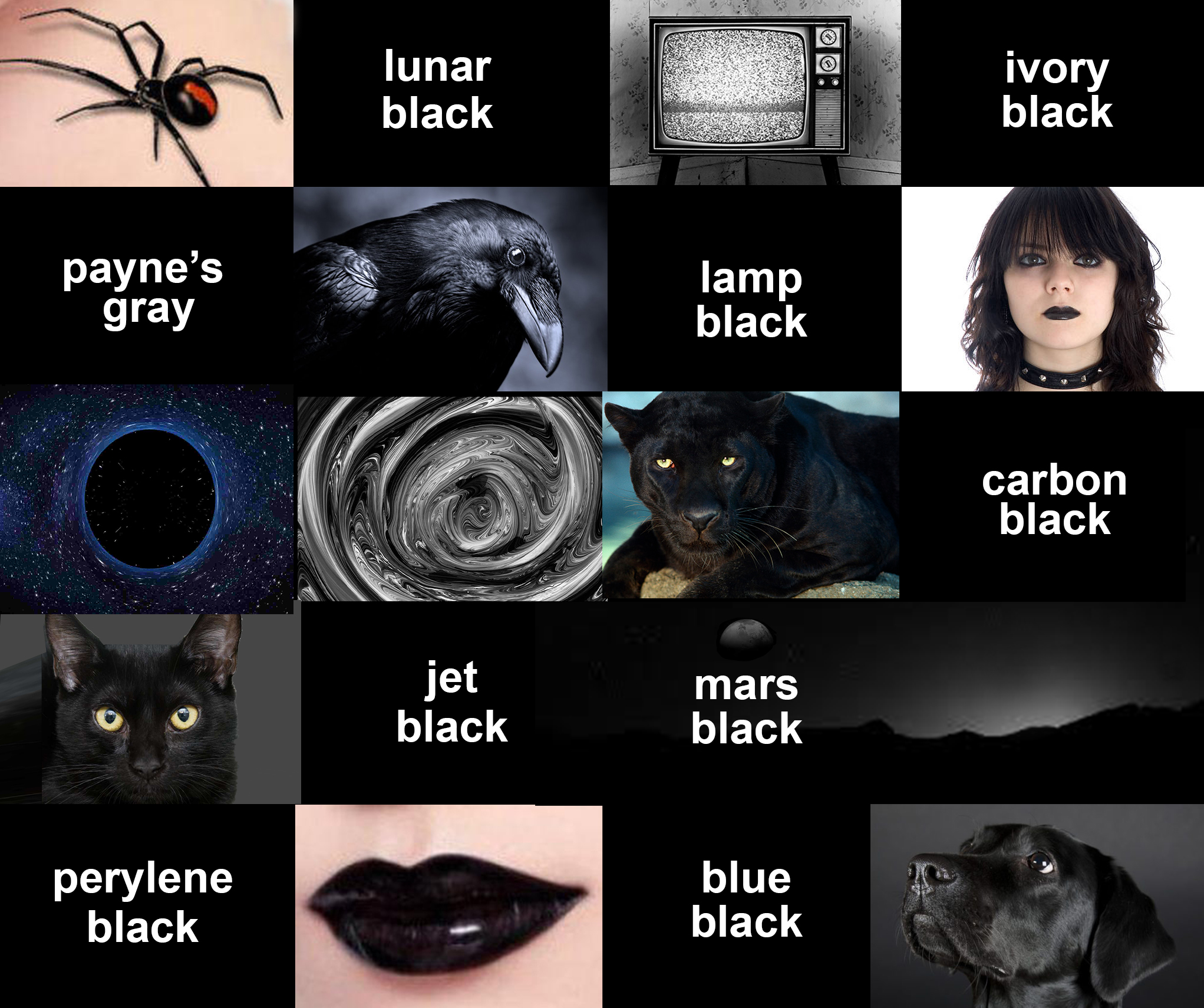
Get ready for October’s True Color…big, beautiful, bold BLACK!

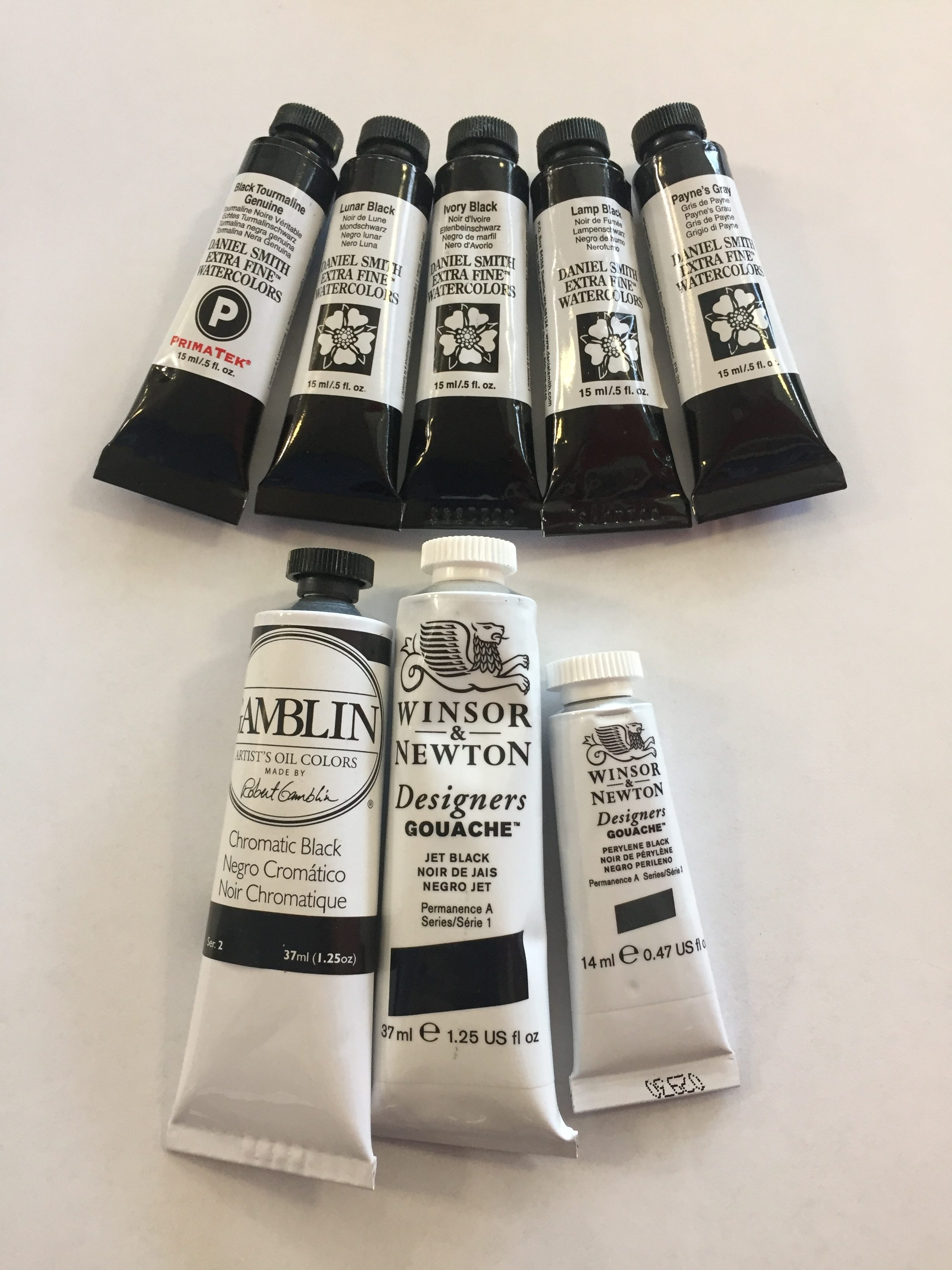
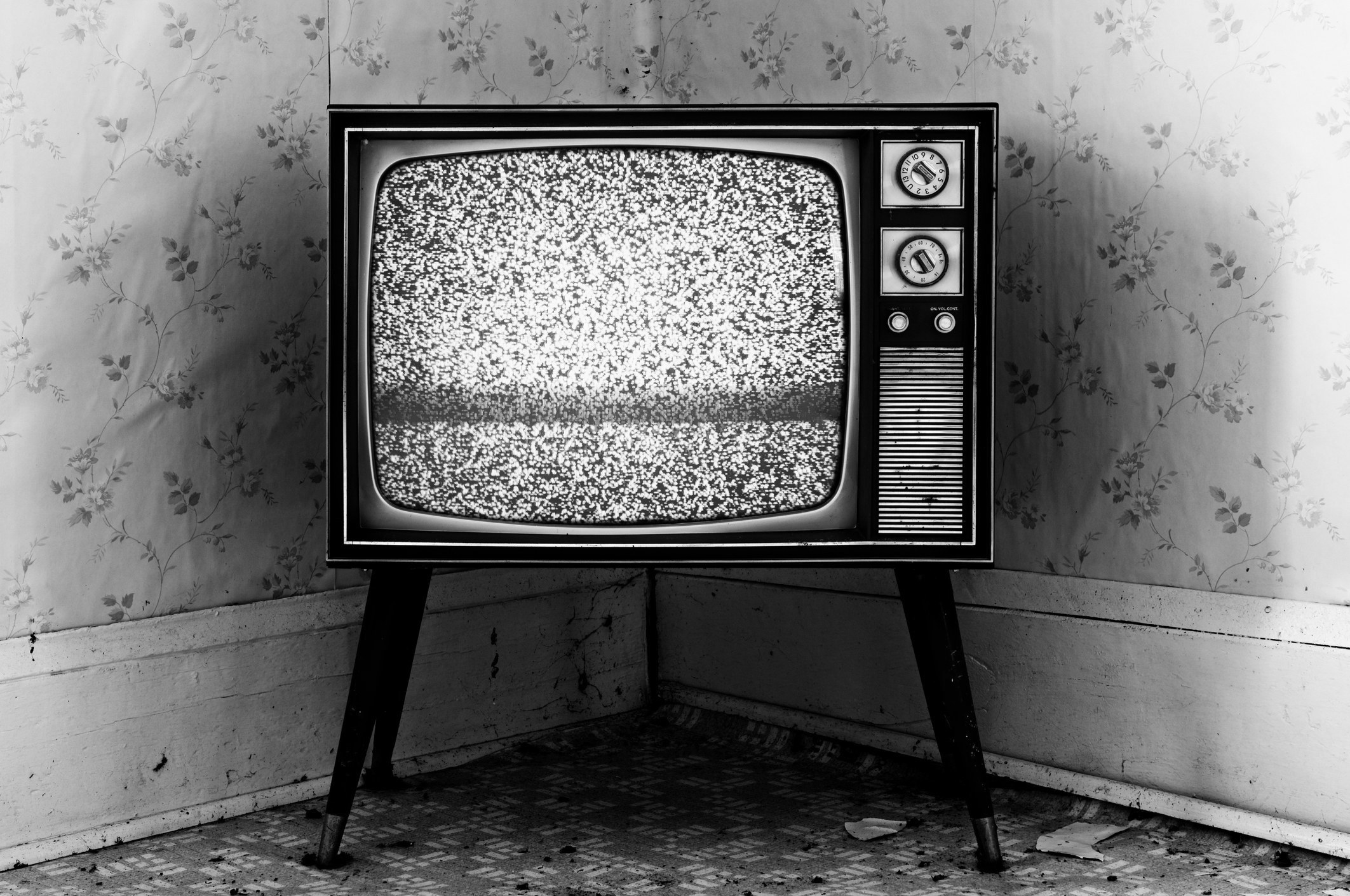
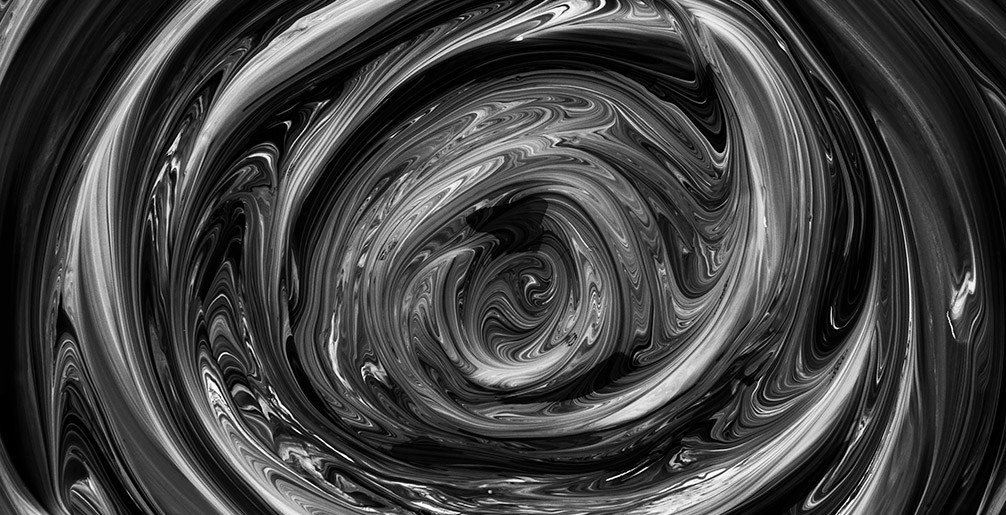

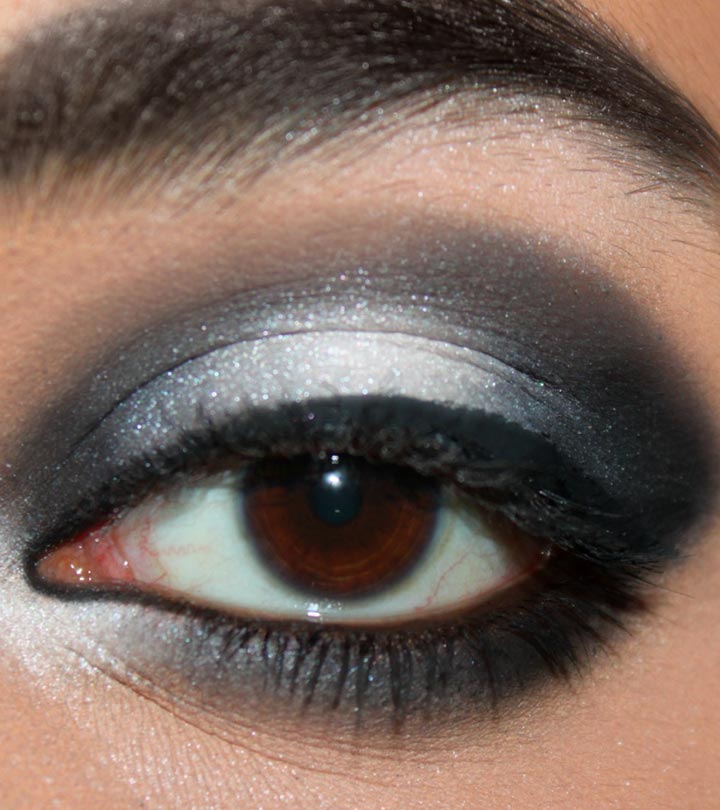
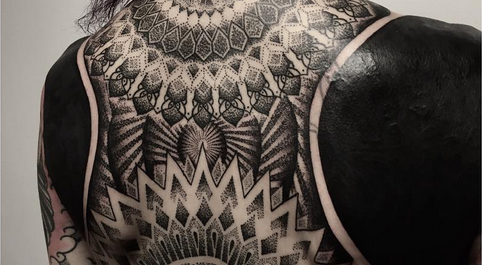
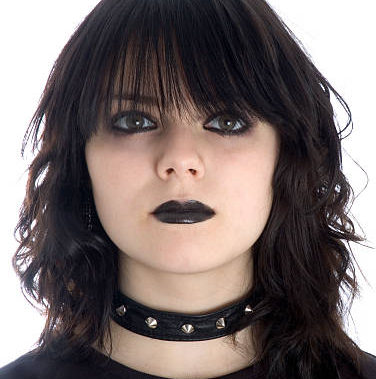
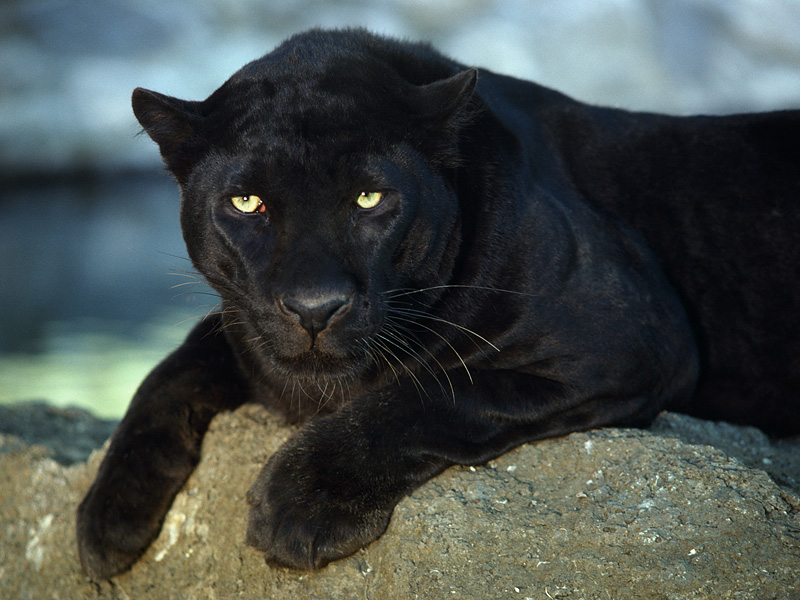
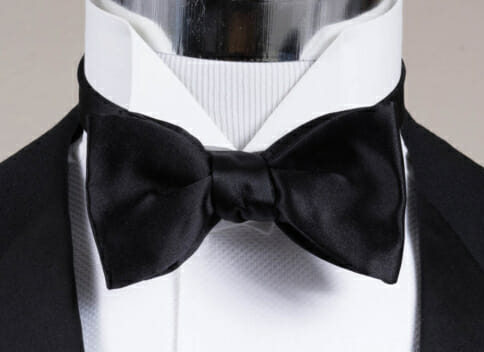
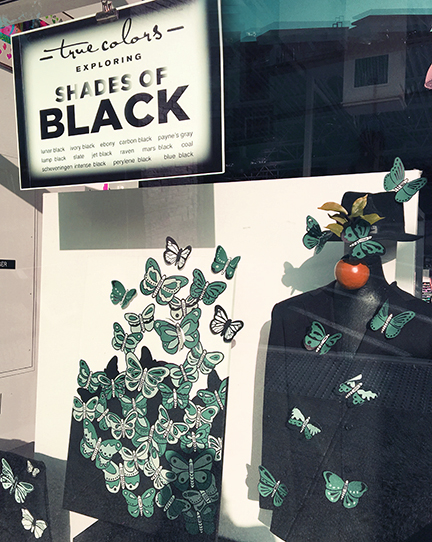
Black is a color, the perception of which is created by the total absence of light that stimulates any of the three types of color-sensitive cone cells in the human eye and with very low brightness compared to the surroundings. A black visual stimulation will be void of hue and grayness. Black is the darkest possible color. Black can also be the absence of color. It can make colors appear brighter when used in close proximity together. Black is the opposite of white, and the first color to be used when painting pictures of night scenes.
Black is the color of night. Black can be mysterious, sexy and sophisticated, but it is also evocative of the unseen consciousness, mystery, death, despair and the unknown. Historically, black has been considered the color of rebellion. When black is combined with orange, black symbolizes Halloween. The Black Widow spider is actually black (they’re the ones that spin webs and wait patiently to lure unsuspecting prey). It was the first color used in cave paintings by the Native Americans. It is the color associated with banishing spells and cleansing negative energy. Legend has it that bad luck comes to people when a black cat crosses their path. You call a black tie event one that requires a formal dress code. The phrase “pitch black” means no light or visibility is present, especially when it comes to driving on a dark and stormy night. People can get so angry that they “black out,” or their vision goes black. To some color black is associated with evil and the unknown. Black can represent power and strength. A black and white television homogenizes everything. There are even black holes out there that can suck up everything in space.
One of the things that people sometimes associate the color black with is a mental state of mind, such as sadness or depression. The color Black has a long history. It has many phrases associated with it – like having a black eye, the black market, Black Friday, to be black-hearted or blackmailed. Men in black is used to describe government agents, and to blacklist means people to avoid, boycott, or punish. Black is the most worn color for both men and women, but it is also customarily the color people wear when they grieve.
There are a lot of synonyms for black and its many shades of gray: charcoal, coal, ebony, raven, shadowy, dusky, and even pitch-dark. Roget’s International Thesaurus sets the mood for gray’s emotional range, one that stretches from the mud to the stars: Iron. Dun. Drab. Dingy. Leaden. Grizzled. Slate. Mousy. Ashen. Limy. Salt-and-pepper. Dove-colored. Silvery. Chiaroscuro. Grisaille. Pearlescent. Dappled. (And in checking the Benjamin Moore website, they offer a solid 150+ shades of gray…)
The phrase “black and white” has an ancient history in English, the OED gives 1395 as the date of its first citation as a purely descriptive phrase. Its use to refer to black letters or images on a white background goes back to the late 16th century, quite sometime after the invention of printing. Putting something in black and white, meaning to place it on record, dates from the same time. The photographic meaning (later applied to TV and other screens) dates back to the mid 19th century, unsurprisingly; while the metaphorical use–for saying that something is not clearly right or wrong–is slightly older: the OED dates it to 1838. Black and white photos have been referred to as black and whites since 1830, while a police car in the US is sometimes called a “black and white.” Black and white may not be true colors at all, but black and white is a surprisingly colorful expression. So….
Close your eyes, turn off the lights…
Black isn’t just back – it’s here to stay!
